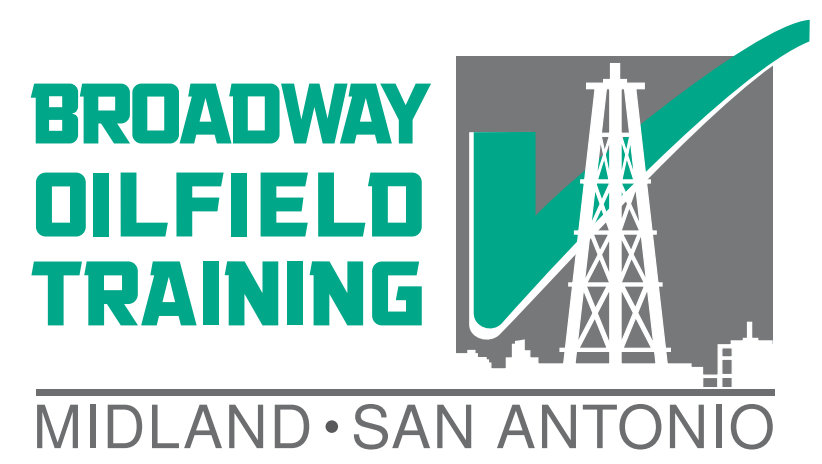DO I NEED A FIT TEST? WHY?
This is a question we get all the time in San Antonio H2S classes as to whether or not the worker who is going to wellsites with possible H2S will need a fit test. Without knowing more information, it is hard to say that “yes, a fit test is required” or “no, a fit test is not required,” so the question we will try to help out with is: why might a respirator fit test be required? The requirements are laid out in OSHA’s fit testing requirements so we will attempt to decode and expand those requirements for oilfield conditions. While onshore oil and gas fit test practices will generally follow OSHA general industry, although there may be non-OSHA practices that you may need to be aware of. When that is the case, we will endeavor to point out that the fit test practice is not known to be OSHA conforming but contains educational value regardless.
Also note that in oil and gas we are primarily concerned with SCBA and supplied air respirators, but this should also generally apply to air purifying or cartridge type respiratory protection as well as N95.
IF I OWN MY OWN RESPIRATOR
If you plan on using that respirator then you should have a valid fit test before actually using it in a hazardous atmosphere such as H2S. This is intended to ensure that your respirator fits properly to protect you from hazardous vapors. If you are not sure that the respirator offers adequate protection, then it cannot be relied upon in a hazardous atmosphere.
If you do not plan on using the respirator then it will not provide you any protection from hazardous atmosphere in any case. Since you never plan on wearing the respirator then having a fit test for it won’t increase the amount of protection that it can offer–because when you don’t wear it you have no face seal and receive no protection. In this case, however, reconsider why you have this respirator and if it would be better served giving it to a worker who does intend to use it.
IF THE WELLSITE REQUIRES RESPIRATOR USE
When you are working on an oil and gas installation with a hazardous atmosphere such as H2S, CO2, CO, N2, SO2, etc. and are required to wear a respirator, you want to make sure that that respirator is providing you full protection. A fit test for that specific model and size checks beforehand for an acceptable face seal. API RP 49 also recommends that workers routinely drill so that they stay knowledgeable in case of an H2S release.
COMPANY POLICY REQUIRES FIT TEST
Some companies may require you, for procedural reasons (such as during H2S training), to have a respirator fit test even if your jobsite does not contain the possibility of a hazardous atmosphere and you will not ever have to actually wear a respirator. This is an example of a blanket company policy and you will have to comply with this policy in order to fill all of your training requirements as a worker. Even if this particular requirement does not seem to make sense to you, remember that everyone needs to comply for various reasons and if you choose not to there may be negative consequences that you did not foresee.
OPERATOR POLICY REQUIRES FIT TESTING
As a contractor, you are required to follow any policies that your operator imposes even if it is not required under OSHA. So, if the oil company safety man doesn’t let you on a wellsite for not having the right training or a fit test, this could be an operator policy. If it is the operator policy, it will not matter if the site is free of any possibility of H2S, arguing with the safety man will not grant you any access without the training and fit test required by the operator’s policy.
FIT TESTING WITH A BEARD
When you have a beard, you may or may not need a fit test to check the respirator, however, the beard will need to be removed prior to testing and use. Your face will need to be clean-shaven to make sure that the mask is able to get the best seal against your skin. The presence of facial hair can create pathways for contaminants to flow and will jeopardize the seal.
WORKING ON H2S WELLS
If you are working on an H2S well, you may need to have a respirator fit test. It’s important to remember, however, that the respirator is only one layer of protection out of what should be a comprehensive set of safety barriers. Proper well control, stationary H2S monitoring, personal H2S monitoring, wind direction awareness, visual/audible alarms, and procedures to egress to muster points.
Recommended training: San Antonio H2S Training, Fit Test Train the Trainer
Notice: Article is provided as is and for informational use only. Eagle Ford Training San Antonio, its owners, instructors, and affiliates hereto referred as the company shall have no liability for and you shall defend, indemnify and hold harmless from and against any claim loss demand, liability, obligation, and expense based upon any injury or damage, spill or pollution, product liability, or any other loss that may occur. The liability for the use of information is solely yours notwithstanding any act of error or omission by the company.
